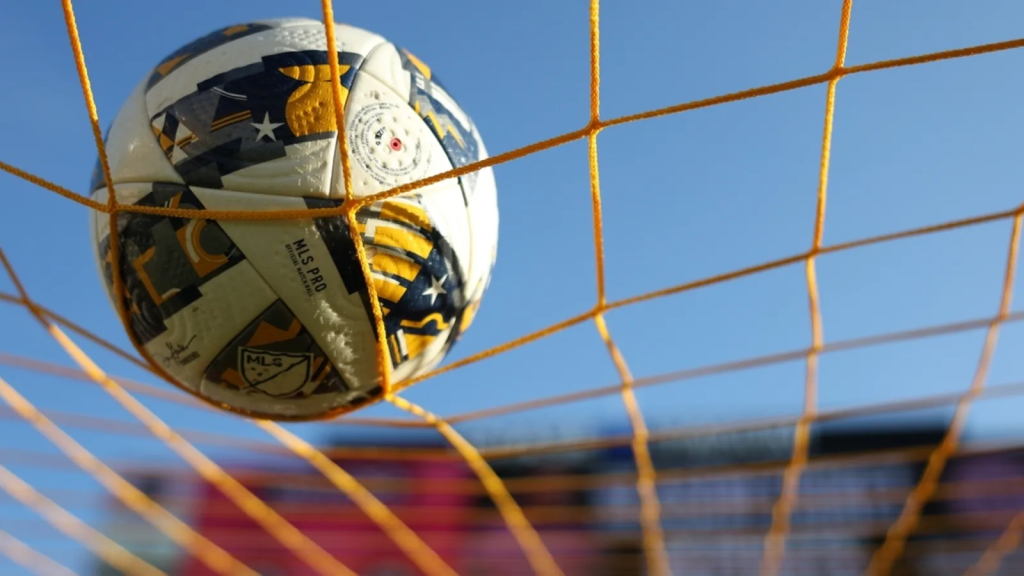For the first time in American professional soccer history, a promotion and relegation system is set to be implemented, following a landmark vote by United Soccer League (USL) owners on Wednesday.
This European-style structure will introduce three competitive tiers, including the creation of a new Division One league in 2027, which will sit atop the existing USL Championship (Division Two) and USL League One (Division Three). USL leadership envisions this new top-tier league as a potential competitor to Major League Soccer (MLS) in the long run.
A Defining Moment for U.S. Soccer
In announcing the decision, USL CEO Alec Papadakis hailed the move as a transformative moment for the sport in America.
“A new chapter in American soccer begins,” Papadakis declared in a statement. “The decision by our owners to approve and move forward with this bold direction is a testament to their commitment to the long-term growth of soccer in the United States.”
He emphasized that the plan is about more than just competition—it’s about fostering stronger connections between clubs and their communities, giving more cities across the country a chance to dream of playing at the highest levels.
“Now, just as it is in the global game, more communities in America can aspire to compete at the highest level of soccer. It’s time.”
A Radical Shift in U.S. Soccer

Unlike the closed-league model used by MLS, the NBA, NFL, and MLB, promotion and relegation is a system that dominates the world’s biggest soccer leagues in England, Spain, Germany, Brazil, Argentina, and beyond. Under this format, teams that finish at the bottom of a league drop down a division, while the best-performing teams from a lower league move up, creating a high-stakes, high-drama environment every season.
USL president Paul McDonough believes this change will revitalize U.S. soccer by making more games meaningful, intensifying competition, and appealing to fans seeking a more authentic global experience.
“Promotion and relegation transforms the competitive landscape of American soccer,” McDonough stated. “With the 2026 World Cup and other major international events approaching, we have a unique opportunity to build on that momentum and create a sustainable future for the sport in the U.S.”
He also pointed to overwhelming fan support for such a system.
“Fans and stakeholders have been clear—they want something different. They’re drawn to the intensity of high-stakes competition, where more matches have real consequences—just like we see in European leagues.”
McDonough added that this is about challenging the status quo and bringing a new level of excitement and relevance to the game across the country.
What’s Next?
The USL Division One league is set to launch in 2027, marking the beginning of a new era in U.S. professional soccer. While details on promotion/relegation mechanics, team participation, and potential expansion remain unclear, the decision signals a dramatic shift in how soccer will be structured in America.
For decades, U.S. soccer fans have debated whether promotion and relegation could ever exist in a country dominated by franchise-based leagues. Now, the USL is taking the first step toward making it a reality.
The question now is: Will it succeed?
In other news, FC Cincinnati Has a Very Bad Week.




